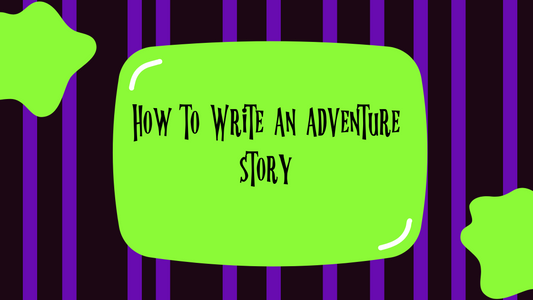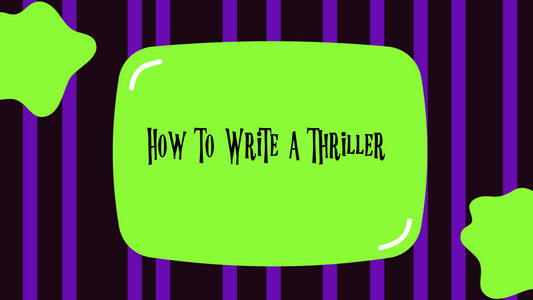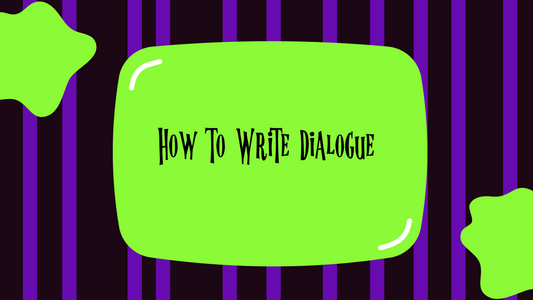As an affiliate, I earn from qualifying purchases, but this doesn't affect the reviews or recommendations—your trust is important to me!
Writing a Spooky Ghost Story: A Guide for Young Writers
Hello, brave storytellers! 🌟 Do you love tales that send shivers down your spine? Writing a ghost story can be an exciting way to thrill your readers with spooky mysteries and eerie events. But how do you craft a ghost story that’s both chilling and captivating? Let’s explore some tips to help you write a ghost story that will keep your readers on the edge of their seats.
1. Start with a Spine-Tingling Idea
Every ghost story begins with an intriguing concept. Think about:
- The Ghost: Who is the ghost? Why are they haunting? (a restless spirit, a tragic victim, a vengeful entity)
- The Mystery: What is the central mystery to be solved? (an unsolved crime, a hidden secret, unfinished business)
2. Create Mysterious Characters
Your characters should add to the suspense. Consider:
- The Protagonist: Who is the main character? Why are they involved? (a curious kid, a brave investigator, a skeptical newcomer)
- The Ghost: What is their backstory? What do they want?
- Supporting Characters: Who else is involved? (friends, family, local experts)
3. Build an Eerie Setting
The setting is crucial for creating a spooky atmosphere. Think about:
- Location: Where does the story take place? (an old house, a deserted school, a foggy graveyard)
- Atmosphere: Use descriptions to create a sense of dread and suspense. (creaky floors, flickering lights, cold drafts)
4. Create Suspense and Tension
Keep your readers on edge with suspenseful writing. Think about:
- Pacing: Use short, quick sentences during tense moments and longer, detailed descriptions to build atmosphere.
- Cliffhangers: End chapters or scenes with unresolved questions or spooky events.
- Foreshadowing: Drop subtle hints about what’s to come to keep readers guessing.
5. Use Eerie Descriptions
Make your ghost story come alive with vivid descriptions. Consider:
- Sensory Details: Engage all the senses to create a full experience. (howling winds, eerie whispers, musty smells)
- Figurative Language: Use similes, metaphors, and personification to enhance the spookiness. (the night was as dark as pitch, the wind whispered secrets)
6. Craft a Chilling Climax
A good ghost story builds to a thrilling climax. Make sure to:
- Reveal the Mystery: Uncover the ghost’s secret or solve the mystery.
- Face the Ghost: Have a dramatic confrontation or resolution with the ghost.
- Conclude with Impact: End with a lasting impression, whether it’s a twist, a resolution, or a lingering question.
Practice Time!
Now it’s your turn. Here are some exercises to get you started:
- Outline Your Ghost Story: Write a brief outline of your ghost story, including the ghost, the mystery, and main characters.
- Write a Spooky Scene: Create a scene that builds suspense and introduces the ghost.
- Describe an Eerie Setting: Write a description of a spooky location that adds to the atmosphere of your story.
Remember, ghost stories are all about creating chills and thrills. Have fun crafting your eerie tales and keeping your readers hooked. Happy writing! 👻🖋️✨




















